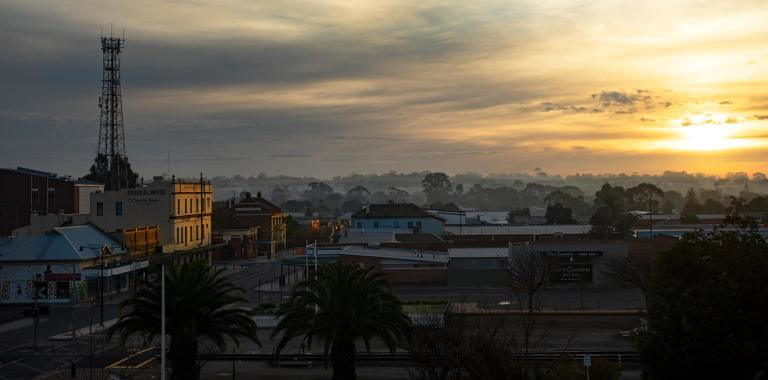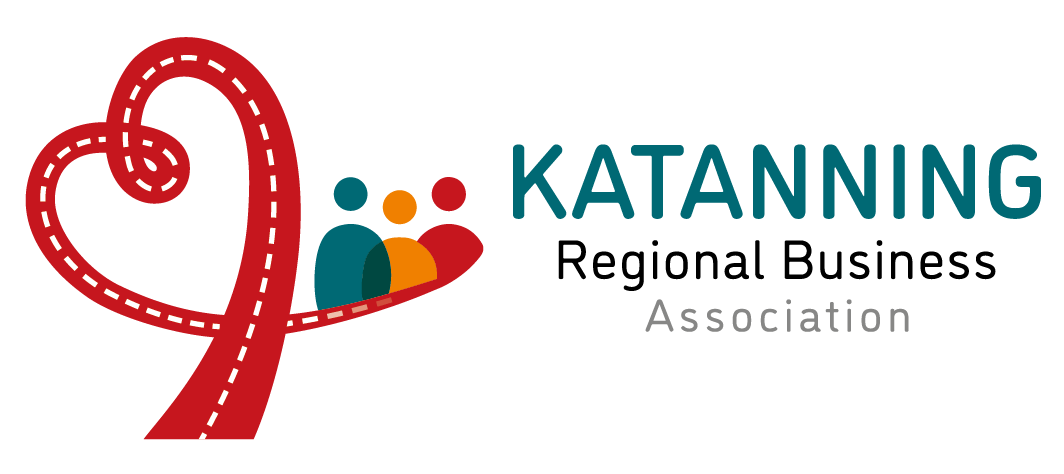Katanning Regional Business Association
The KRBA is a volunteer based not for profit organisation that aims to connect the Great Southern business community with the public. Our Business Directory is the core of this website and facilitates our mandate to help “connect people with local business”.
Please save this site to your phone or smart device for quick and easy access to the business community.
KRBA members enjoy premium advertising online and also in our paper based “Business and Community Directory”.
As a member of the association, you will have access to a range of benefits and resources that are designed to help your business thrive. These include:
- Networking opportunities: Our association provides a platform for you to connect and build relationships with other like-minded business professionals in the region. We host regular events and activities that offer networking opportunities and the chance to share knowledge and experiences with others.
- Advocacy: We are committed to representing the interests of our members and advocating for the business community at a local and regional level. We work closely with local government and other stakeholders to ensure that the needs of our members are heard and addressed.
- Training and development: Our association provides a range of training and development opportunities that are designed to help you build your skills and knowledge. From workshops and seminars to mentoring and coaching, we offer a variety of resources to help you grow your business.
- Marketing and promotion: As a member of our association, you will have the opportunity to showcase your business and services to the wider community through our various marketing and promotional channels.
No matter how small or large your business is we would love to welcome you to the KRBA family.

History of Katanning and surrounds
In the half century following its foundation in 1829, the government of the Swan River Colony could not convince the Peninsular and Oriental Steam Navigation Company (P&O) that Fremantle was a more viable port than Albany in the south. Though C. Y. O’Connor was to prove them wrong less than 10-years later, the experts of the time said that a suitable harbour in Fremantle, if constructed, woul
d need constant dredging and was thus impractical to build. They suggested a better use of the governments meagre funds would be a railway that connected Perth to Albany.
On October 20th, 1886, Sir Frederick Broome turned the first sod on the construction of the Great Southern Railway in Albany, while his wife, Lady Broome, did the same thing nearly 400 kilometres away in the town of Beverley. They set-to-work two construction crews and their travelling villages that would converge, two years and four months later, at a spot four kilometres north of what is now the town of Katanning.
Two brothers, Frederick and Charles Piesse, had been following the construction of the northern half of the line, carting and erecting their portable store, trading under canvas as they went. The final resting place for this store was the central station of the line and the town that was to mushroom around the shunting yards there.
It seems that even before this time, Katanning had been a natural meeting place. The biogeographical region covering most of the South West of WA, the Jarrah Forests, converges, in the Katanning district, with the very southern tip of the vast wheatbelt. Travel a little further inland and you cross into the Mallee. If you look east from the town centre, up Clive street on the horizon you can see one of the last stands of South West jarrah before the plains begin.
The area is also where three tribal grounds of the Noongar nation converge: Wilman, Goreng and Kaneang. These groups would meet to settle disputes, trade, and in times of plenty, share the bounty of a good season. This area is also on the broad line that divides language groups using the suffix ‘up’ (like Kojonup and Tambellup) in placenames, and the groups that use ‘ing’ or ‘in’ for the same purpose (e.g. Pingaring, Jilakin, Kukerin and Nyabing)
At the time the railway was completed, little wheat was grown in the colony. Flour could be purchased at a much lower price from South Australia. A leading agriculturalist at the time, W.T. Loton, insiste
d that Western Australia could have a wheat industry if high quality flour mills were constructed – this view was shared by many, including John Forrest, who was to become the state’s first premier.
By 1890 the Byfield family had constructed a mill in the Piesse’s original hometown of Northam. After visiting Northam and seeing the modern roller mill in action, Charles convinced Frederick to build a similar one in Katanning.
The Piesse brothers, to use modern parlance, did not muck about. Within nine months of conceiving the project and barely 15 weeks of construction, the Premier Roller Flour Mill, started with a noise that ‘was nothing more than the humming of a well-spun top’ (as was reported on the day) in April 1891.
The electricity used in its operation was also supplied to homes and businesses as Katanning grew industries that, for their day, were world-leading – indeed Katanning was one of the first country towns in Australia to have electric street lighting. The mill was adapted and upgraded several times in its lifetime as competition from other milling companies increased. It shut down for a time in the 1920’s but was then purchased and re-started by a group of townspeople; struck trouble again in the 1970’s, before being sold to the Swan Oat Milling company; and was then closed for good in 1977.
Not for the first time, the threat of demolition loomed. However, through the efforts of the Katanning Historical Society, the building was spared. After being purchased by the Katanning Shire, the mill continued to serve as a museum, housed an arts & crafts centre and local tourist bureau before being vacated due to safety concerns in 2008.
It was to take another inspired effort of entrepreneurial daring and vision to save the mill and extend its life into a third act. The Shire offered the building for sale for one dollar. This sale was on the condition that the buyer would develop the property in a way that would inject life into the town while preserving its heritage listing.
Today, the Premier Mill Hotel provides world class accommodation and dining for travellers who come to Katanning for business or to base in the town while exploring the region. The unique refurbishment, that includes a café and wine bar, preserves many of the details of the working mill. It won the Lachlan Macquarie Award for Heritage in the 2019 National Architecture Awards. The Pre
mier Mill makes a logical first stop for anyone exploring Katanning.
It is hard to imagine, if you walk east up Clive Street past the hospital, that the whole area was once 180 acres of orchard and vineyard. Although he did not set out to be a winemaker, Frederick Piesse got wind of a government plan to contribute to the construction of a centralised winery for any district cultivating more than 60 acres of wine grapes. When the rumoured government assistance failed to materialize, Piesse pressed forward with making wine anyway. A South Australian winemaker, Carl Bungert, was hired and the Great Southern Winery constructed in 1902 using bricks from the Piesse’s own brickworks.
Wine from Katanning won the C. W. Ferguson Challenge Cup for the ‘highest points in wines made from grapes grown in Western Australia’ at the Perth Royal Show in 1904. In 1908 the winery received a gold medal at the Franco-British Exhibition in London. However, after the death of Frederick Piesse in 1912 and the challenges to the business that followed, interest in making wine faded. It is also believed that the vines contracted a disease that destroyed their productivity.
After several fires, the only remaining structure is the brick distillery, with its distinctive castellated parapets giving it the appearance of a castle’s battlement tower. This can be seen from Warren Road.
Kobeelya – At the top of Clive street, surveying the whole town, is the imposing two-story, 17-bedroom Late-Victorian Italianate style mansion that Frederick Piesse built for his family in 1902. Named Kobeelya after the Noongar word kobelya (meaning sleep). When constructed, the house was more than one kilometre from the centre of the town. In typical fashion, rather than wait for the road board to build the road to his new house, Frederick Piesse hired eight men for three weeks and got the job done. What is now the eastern end of Clive street was one of the best roads in the district
at the time.
In the years following Frederick Piesse’s death, Kobeelya was sold to the Anglican Church and became a school. First called Burbidge House, then the Katanning Church of England Girls School, then the Kobeelya Church of England Girls School before briefly closing in 1975. The school was then taken over and re-opened by Penrhos College and the Uniting Church. Kobeelya College operated until 1986 before finally closing. Kobeelya is now run by the Katanning Baptist Church and operates as the Kobeelya Conference Centre.
Kobeelya is but one example of architecture from the beginning of the 20th century in the town. Many public establishments and private houses have been so beautifully preserved that walking the streets of Katanning can feel like passing through a living museum. The urge to knock down old buildings that seems to blight many cities, has been mostly resisted in the towns of the heartland. In this Katanning is no exception.
Wake’s Garage – There is no better example of a living museum that Wake’s Garage on Richardson Street. Since its establishment in the 1930’s, very little has been thrown away. It is a storehouse of machinery and parts spanning almost 100 years. The Wake brothers conceived of the first ever orbital engine and its original prototype can still be seen sitting on its original workbench.
St Andrews Church – A short walk from Clive Street up the northern end of Austral Terrace, past the town hall, which was built in 1896, is another legacy the Piesse family left in Katanning – St Andrews Church. By 1896, the congregation had outgrown the private homes, hotels and halls that had held services to that date. The new church was built on the corner of Aberdeen and Arbour streets with 40,000 bricks donated by Frederick and Charles Piesse. The jarrah floor and roof were donated by the Millar brothers. The chancel window and organ loft that were added to the Church in 1910 have been dedicated to the Piesse family.
Katanning Mosque A different, but no less significant, house of worship in Katanning, is the Mosque located on Warren road. While approximately 2.6 percent of Australians are Muslim, in Katanning this figure is closer to 10 percent. Most of the towns Muslim community came from Christmas and Cocos Islands. Originally, they were indentured workers; transported to the islands to mine copra and the phosphate used to make the fertiliser that enriches much of the wheatbelt’s soils. These people became displaced when mining on the islands ceased to be viable. While ethnically Malay, with cultural and religious ties to Indonesia, most had lost the connection to their homeland. They were Australian citizens who needed a new home. Between 1973 and 1979 a Malay Muslim community gradually grew in Katanning. The Mosque was opened in 1981, less than ten years after the first Muslim arrivals.
While quite different from the conservative and mostly Christian community they joined, the Katanning Muslims have been accepted in the pragmatic, no-fuss way which is typical of the district. As long as you are prepared to work and join-in, you’ll be welcomed in Katanning. The Malays have been joined by Afghans, Karen, Congalese, Senegalese, Chinese and a host of other ethnic groups, to make Katanning one of the most diverse communities in Australia. This diversity is celebrated each March with the Harmony festival that showcases through music, food and dance, the varied herit
age of the people that now call the district home. In the Lions park, close to the towns entrance, there is Fly Your Flags – 20 flag poles that proudly display these different countries of origin.
All Ages Playground – A short walk through the parklands from Fly Your Flags is another unique facility in a town that is not afraid to do things a little differently. The All Ages Playground mixes over-sized play equipment with an aerial walkway, flying fox, children’s playground, and barbeque facilities. It is a perfect place to relax and let the kids burn some energy. Ideal for those travelling from Perth to further south, who might be looking for somewhere to break up the journey.
Police Pools – If a playground that looks like it was built by giants is a bit unexpected, then more surprises await in an oasis located five kilometres south east of town on Police Pools Road. Twonkwillingup, as it was known to the Noongar people, was an important meeting place and water source. It came to be known as Police Pools when it served as an outpost of the Kojonup Police Station in the late 1800’s. After Katanning was settled, it remained a popular swimming hole until the town’s pool was built in 1938. The rising salinity problem that began to impact the whole region in the 1950’s did not spare Police Pools and it became severely degraded. Interest in rehabilitating the area began in the 1980’s and culminated in funding that was obtained through the National Heritage Trust. Now you can enjoy a raised walkway that traverses the marshes and a small bridge that crosses the eastern end of the pools. It can be a strikingly beautiful place to watch a sunset as well as a quiet place to sit and contemplate what this landscape was like before settlement.
Katanning Saleyards – If you need any more convincing that things are not quite what they seem in this supposedly sleepy inland town, drive four kilometres east on the Katanning-Nyabing Road. Here you will find the largest undercover sheep selling complex in the Southern Hemisphere. The story of the Katanning Saleyards is another example of the inventiveness and determination that has always been part of Katanning’s ethos. The old saleyards were on Daping Street, in the industrial area closer to town. They had been built in the 1950’s, were outdated and in dire need of repair. Although nearly 25 million dollars was raised through government grants, initial quotes set the cost of a new facility nearly 20 million dollars out of reach, at 44 million. However, through careful planning, using local builders, tradespeople and technology experts, the state-of-the-art project was completed for 26 million dollars. It was opened in May 2014.
Being the only saleyards in Australia with water supplied to the pens, it is at the forefront of animal welfare. Under a roof of 44000 square metres, the 1008 selling pens are capable of trading 1.5 million sheep annually. As most sales are conducted on a Wednesday, visitors can watch the unloading of the sheep on a Tuesday afternoon before enjoying a meal in the on-site café. They can also come for breakfast before or after the sale at 8:30 on Wednesday morning.
Now, more than 120 years since it was gazetted, Katanning remains a key centre for the Great Southern Region of Western Australia. One that has had to adapt and survive through depressions, world wars, the sometimes boom/bust cycle of agriculture and the drift of the population towards larger cities. It is a resilient community that knows how to adjust. Those not familiar with Katanning are inevitably surprised at its progressiveness. This willingness to have-a-go at something new is not a modern phenomenon – it was present right from the beginning of the town.

